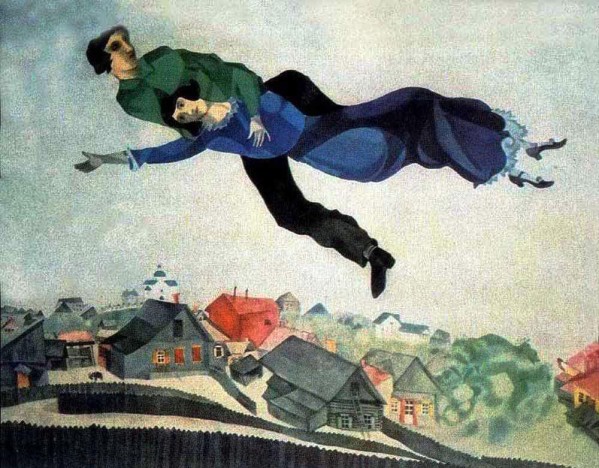In northern Belarus, on the road to Moscow and Saint Petersburg, Vitebsk symbolizes all the Jewish shtetlach of Russia immortalized in the work of Marc Chagall, who was born here in 1887 and lived here until 1907, and again from 1917 to 1919. In the era of Chagall’s childhood, Vitebsk had a Jewish majority (there were 34420 Jews here, or 52% of the population), as depicted in the images he bequeathed to us: the description, in a playful and fantastical way, of the shtetl, with its various rabbis, synagogues, livestock traders, tavern keepers, rooftop violinists, and ancient cemeteries. His best-known evocations of Vitebsk are Red Gate, Blue House, The Synagogue, Cemetery Gates, and Above the City.

Vitebsk was also home to the Hasidic master Menahem Mendel, a student of the Great Maggid of Mezritch. Numerous churches, both Catholic and Orthodox, dotted the city center. The center has lost much of its charm, however, as many of these buildings have since been destroyed. Vitebsk nevertheless remains the most artistic and visited city in Belarus. The City Museum of Fine Arts welcomed in 1997 the first Chagall exhibit ever to be held on the painter’s native soil, thus marking a milestone in the cultural life of the nation. On Souvorov Street, the palace can still be seen where Napoleon, on the road to Moscow, stopped for a few days after capturing the city.
To locate the former ghetto and visit Chagall’s childhood home, cross the Dvina River, take Kirov Boulevard, turn right on Dimitroff Street, and finally left to Pokrovskaya and Revolutionnaya streets. At this intersection, a sculpture of the painter can be seen. Continue along Pokrovskaya Street down to number 29, the house where Chagall spent his childhood years . You will find several Jewish religious artifacts, photographs, and furniture that perhaps belonged to the artist’s family. In the courtyard stands another statue of Chagall.
Next take Revolutionnaya Street, which provides a glimpse of what the ghetto once looked like. At number 14 lie the ruins of the former synagogue , of which only the facade remains.